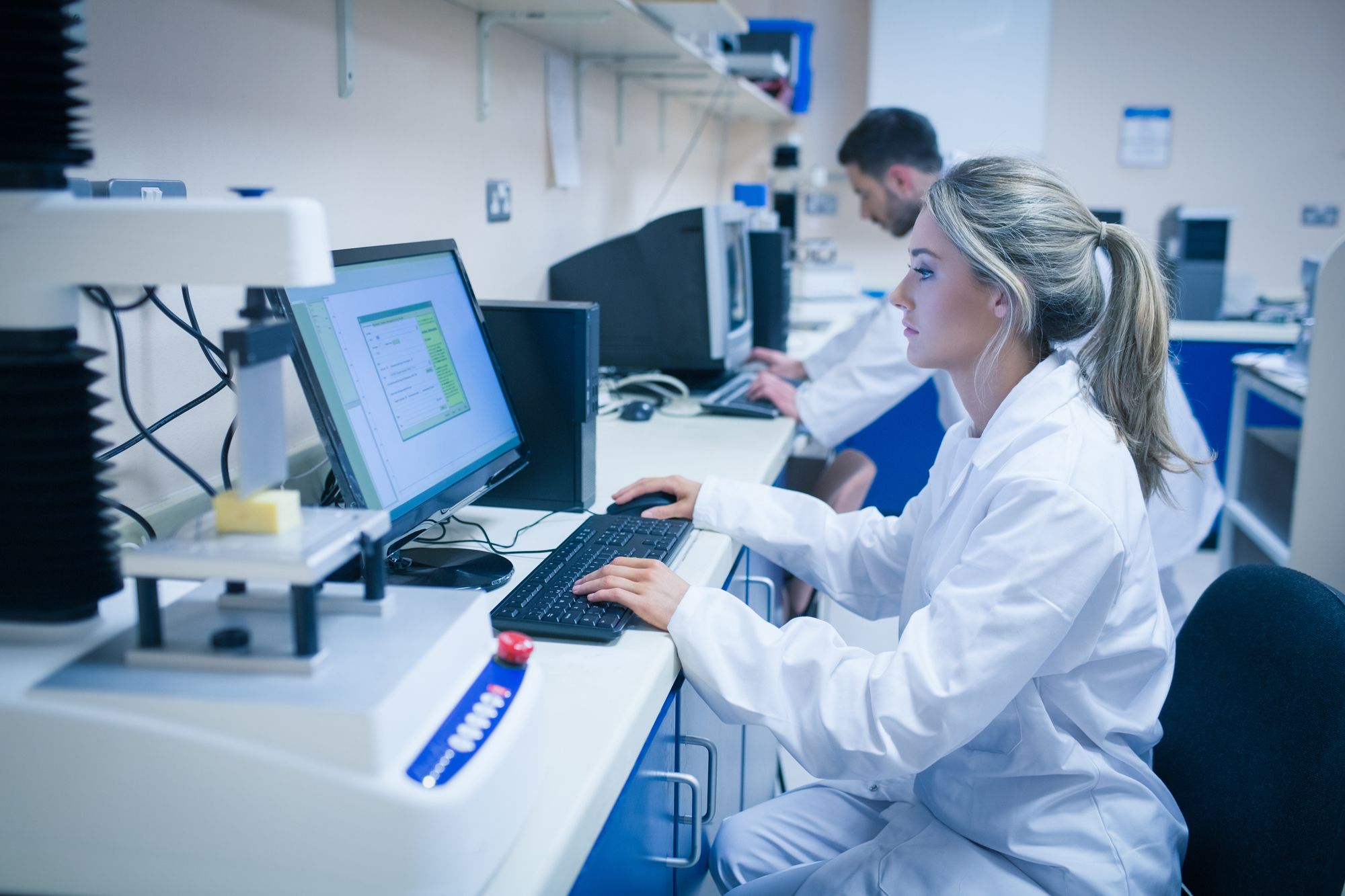EvoDiff, here is the new working software environment developed by Microsoft. Operating thanks to the power of AI, it will be used in particular to improve the protein design process.
This is an area that the general public knows little about, but that AI and machine learning are making great strides: protein design. Proteins are the fundamental source of all forms of life, at the cellular level. A better understanding of their functioning allows, among other things, to better understand the mechanisms of diseases.
To do this, we design proteins in the laboratory to study them. A very complex and expensive process. This is where AI comes in, and Microsoft’s solution, EvoDiff, promises to bring its share of changes.
A turning point in protein design
We have known for some time now that generative AI is shaking up the global economy, with new working methods in various fields. Several software solutions have already been developed to improve the design of proteins in the laboratory: AlphaFold from Google, FoldX or Rosetta, for the best known. Where EvoDiff innovates is that it can generate proteins simply from a given sequence, which greatly simplifies the process. Traditionally, precise information about the target three-dimensional structure of the desired protein was required in order to correctly predict how the amino acid sequence would fold to be functional.
By eliminating this step, the savings in time and money are enormous. Microsoft’s principal researcher, Kevin Yang, is already imagining the potential applications of EvoDiff in different fields: creation of new enzymes, industrial or therapeutic uses, etc.
At the heart of EvoDiff: staggering computational power
EvoDiff mainly owes its effectiveness to the very large number of parameters from which it is able to draw: 640 million. All are trained using databases from different functional classes or types of existing proteins. The system works thanks to a diffusion model (comparable to that of an image-generating AI like Stable Diffusion or its competitor Midjourney). With this, it effectively infers and creates protein sequences by eliminating “noise,” meaning any unnecessary or irrelevant information that would disrupt the design process.
The system developed by Microsoft seems very promising, but its effectiveness has not yet been clearly evaluated by external scientific actors. If this is one day proven, EvoDiff will mark a big step in the progress of bioinformatics.
Source : TechCrunch

2